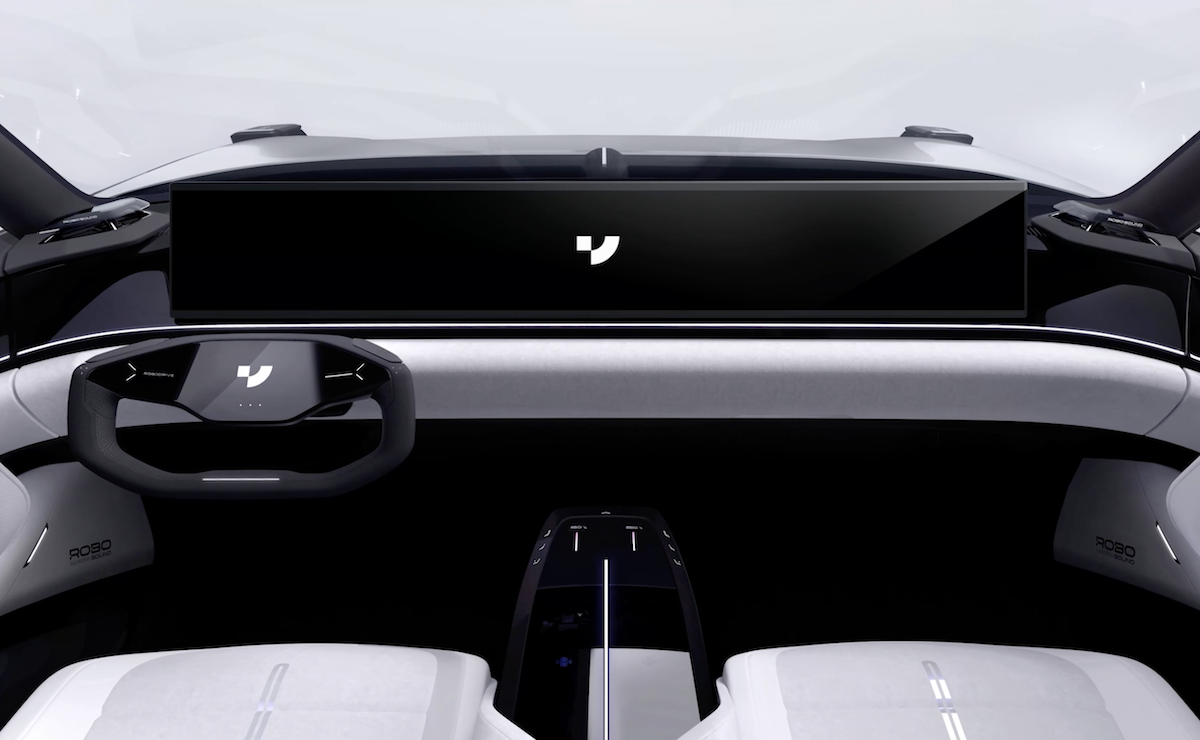Last March, technology giant Baidu and Chinese self-owned auto brand Geely formed JIDU, a smart car company. Baidu leads the company's operations, while Geely provides its electric vehicle platform, SEA (Sustainable Experience Architecture), as the basis for the development of new models. Then at the end of last year, Qualcomm joined JIDU's intelligent cockpit R&D team to further fortify the overall technology of the whole car with its fourth generation Snapdragon® Cockpit Platforms. Then last month, JIDU held its first-ever branded launch event, ROBODAY, at Baidu's metaverse platform XiRang and unveiled its concept car JIDU Robo-01. The concept car teems with robot design aesthetics, including an active adjustable appearance design, an ultra-wide screen with a 3D immersion interaction function, AI pixel headlights, car robot neural network JET (JIDU Evolving Technology), an intelligent cockpit, dual max-computing chips supporting full self-driving function, and so on. We can categorize these features into three major genes of Jidu Robo-01: futurism, robotization, and empathy.
- Futurism. The exterior and interior design, the screen and human-machine interface operation, as well as the physical control keys and handles are almost all controlled by voice, which gives a strong sense of futuristic technology.
- Robotization. ROBO-Wing, an active liftable rear wing that actively adjusts and changes air pressure according to the speed of the car; liftable/collapsible LiDAR; foldable steering wheel; and voice interaction between the system and occupants when positioning and networking signals are poor. Of course, Baidu's Apollo Open Platform and all-around car sensors will be used to provide solutions for autonomous driving.
- Empathy and emotion. Intelligent voice and lighting enables the occupants to interact with other people and cars in the environment surrounding the vehicle.
Most of the above ingenious ideas have been seen in concept cars introduced by other brands. The key technology of the Robo-01, however, lies in the use of Nvidia's high-performance Orin X dual chip and the sensor configuration of full redundancy, claiming to achieve 100% self-driving practicality fusion of high-speed, urban scenarios, and parking. Another interesting design is the liftable/collapsible LiDAR placed on the "hood" (the Robo-01 is an electric car, but I use the term to make it easier to understand). Unlike Waymo and other autonomous driving technology companies, JIDU moved LiDAR from the roof to the hood for the Robo-01 while tackling the problems including wind resistance, vehicle overall height, and aesthetics. Whether the new position provides a wider angle of view than the roof position is yet to be verified.

Overall, JIDU Auto owns world-class technology, thanks to the accumulated road test data of over 20 million kilometers from Baidu's Apollo autonomous driving system. But if, as JIDU says, the mass-produced model shares 90% resemblance of the concept car, the greatest challenge will be manufacturing costs and the practicality of cockpit functions. More importantly, as the policy in Mainland China does not allow the production of high-precision maps, the location matching process of the autonomous driving system has to be done mostly by the reception of real-time sensor data fusion. In that case, can the redundancy support Level 4+ full autonomous driving?